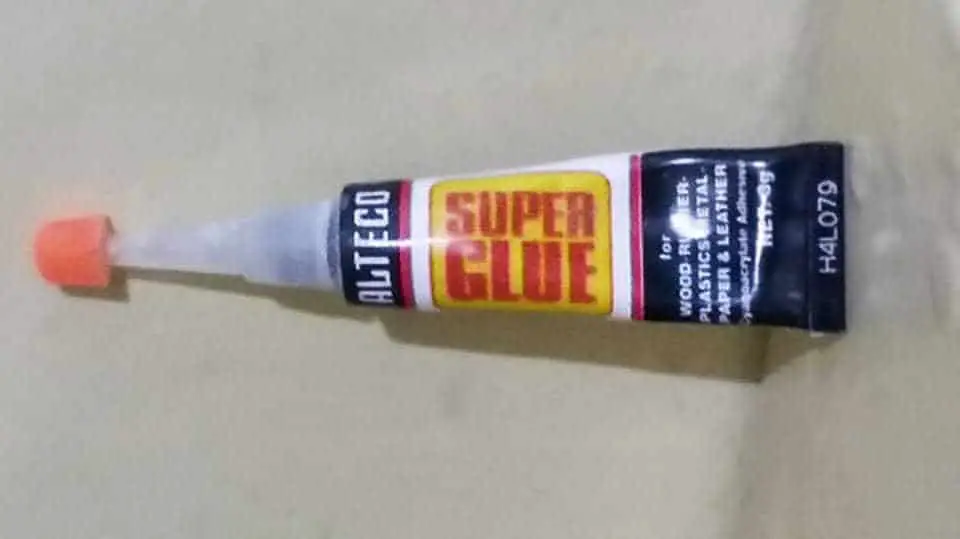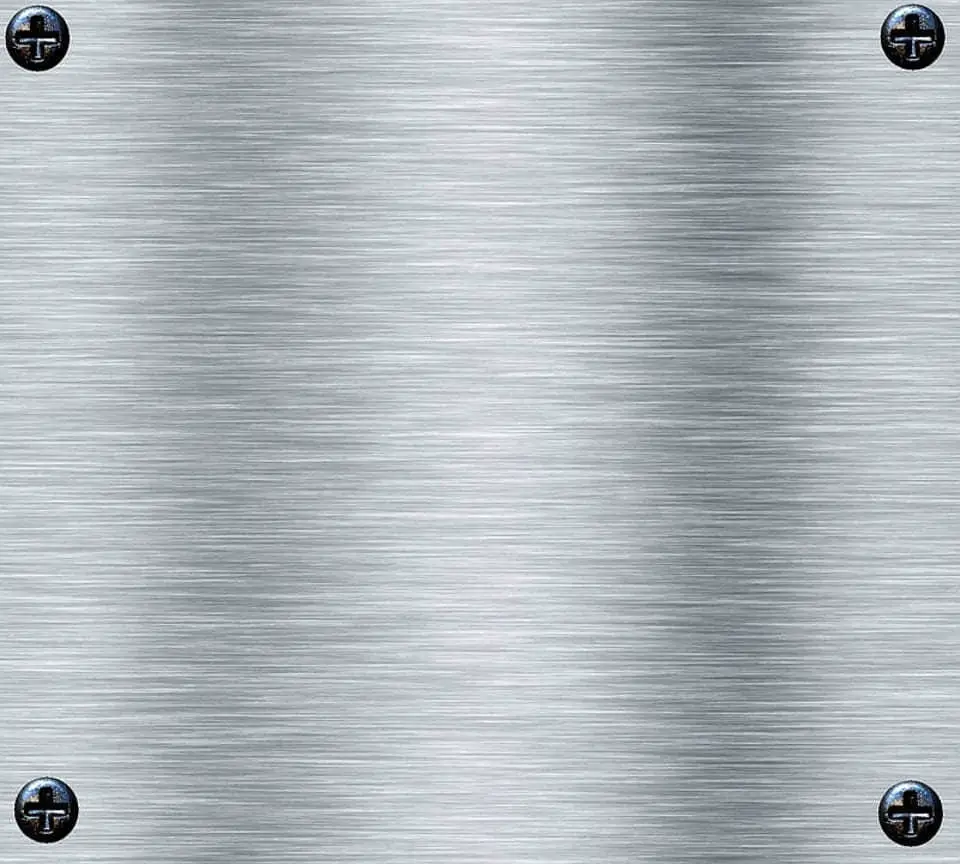
Gluing suede to steel is challenging because of the physical differences of the materials. So how to glue leather to metal nicely?
Five steps can help you achieve a nice outcome:
- Step 1: Prepare the surface
- Step 2: Prepare the glue
- Step 3: Apply the adhesive
- Step 4: Press the pieces together
- Step 5: Let the glue dry out
Today, Gluecare will show what you need for the project and how to do it in detail. Let’s give it a read!
What Will You Need?
Before starting your project, make sure you don’t miss anything in the checklist:
- Leather surface
- Metal surface
- Sandpaper
- Cloth
- Glue
The adhesive has the most significant impact on whether you can glue leather to metal or not. Since you are attaching two different kinds of materials, it’s crucial to find the paste to work with both.
Mostly, people use these three kinds of adhesives for this purpose.
- Leather adhesive
Leather glues are glues designed explicitly for use with leather. They are transparent when dry and white when wet. As a result, they can work with a wide range of finishes and colors.
They’re also adaptable, making them ideal for use as clothing.
The pastes are suitable for most common leathercraft tasks and repairs with high overall durability and resilience.
- Contact cement
Contact cement is an adhesive that has a solid binding. Typically, it can bond materials permanently.
When it comes to gluing fabric without stitching it afterward, cloth craft cement is the way to go.
This option gives a good adhesion, ensuring an excellent finish. Hence, it’s a favorite choice for many users.
- Superglue
These are high-quality glues that are easily obtainable in customized compositions to suit particular criteria.
When it comes to the most popular essential solutions, they may be somewhat helpful for bonding leather.
They may not be as flexible or durable as other options, though. If you need to sew a repair onto leather, they would most likely suffice.
One more thing to note about this paste is that it dries fast. If you are in a hurry, the super glue can help.

How To Glue Leather To Metal? Step-By-Step Instructions
Now you have prepared all the necessary materials and tools. Here are detailed instructions about how to attach leather to metal jewelry.
Step 1: Prepare the surface
Clean the metal surface using sandpaper to clear away rust. This step will help the surface stick to the leather easier.
Next, remove any rust particles from the surface by brushing them away.
Once the metal piece is ready, move to the leather.
Rougher surfaces attach to glues better because the roughness gives more contact area for the adhesive to adhere to.
Then, make sure that the leather is clean of dirt. A lint-free, moist cloth may be pretty helpful for polished and fragile suede.

Step 2: Prepare the glue
The material content of each maker’s adhesive is unique. As a result, any manufacturer may offer a thinner that works best with their adhesive.
Mixing manufacturer thinners is not advisable since it will not produce the optimum effects. Yet, in case the adhesive is too thick, you can use the thinner.
Step 3: Apply the adhesive
Everything is ready. Now, it’s time for the most critical part: gluing.
Apply your preferred adhesive to both the metal and suede surfaces.
If you use superglue, you’ll only need to apply it to one side of the items you’re attaching, and the suede can quickly adhere to the metal.
Step 4: Press the pieces together
Hold or compress the two surfaces together for the most excellent results. If you use superglue, you’ll want to do this immediately to prevent the adhesive from drying out too quickly.
Before using cement glue, let the glues rest for around 10 to 15 minutes on both objects, then attach them.
Step 5: Let the glue dry out
After that, the adhesive needs some time to settle. The curing time for super glues can vary from 5 to 15 minutes, whereas contact cement bonding may require up to 72 hours.

Glue has a different curing time.
Frequently Asked Questions
Here are some frequently asked questions about gluing suede to metal.
Can epoxy work on suede?
Epoxy is ordinarily inadvisable for suede. It’s most effective when used on hard surfaces like metal or ceramics. When epoxy dries, it becomes exceedingly hard and stiff.
What is the finest suede sealant to use?
Tandy adhesive is the most fantastic solution to use for simple mending and bonding.
Although it is not as tough as other contact cement, it is environmentally friendly, finishes smooth and flexible, and is excellent for most everyday project requirements.
Is there leather-specific glue?
Yes. There are glues available because leather is a natural fiber with pores.
Finding suitable glue with the proper grip and flexibility is critical for quality and long-lasting finish. There are some options for this category.
Can I put PVA Glue on leather?
PVA (polyvinyl acetate) adhesive can work on suede. However, it won’t offer good adhesion in most cases.
Elmer’s paste is a typical kind of PVA glue. While it will hold suede parts in place for basic sewing, it will not give a substantial grip for an extended period.
You can watch this video to learn more.
Final Words
Leather and metal are different in their characteristics. As a result, many people find it hard to attach them. Fortunately, you can accomplish this task with the steps we have shared.
The key is to choose a suitable adhesive that can work with both materials. With high-quality treatment, your job turns out to be a breeze.
Hopefully, you will find this article helpful. If you need any further information, please feel free to ask. Thank you for reading!
Related arcile:
